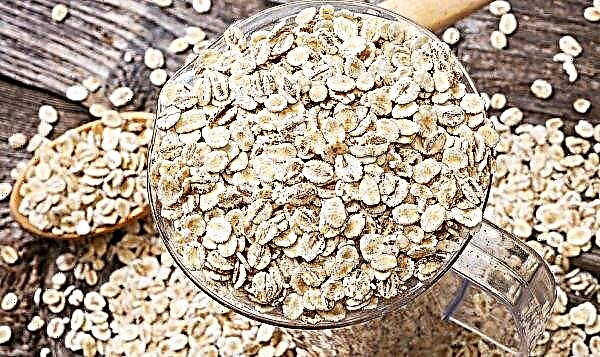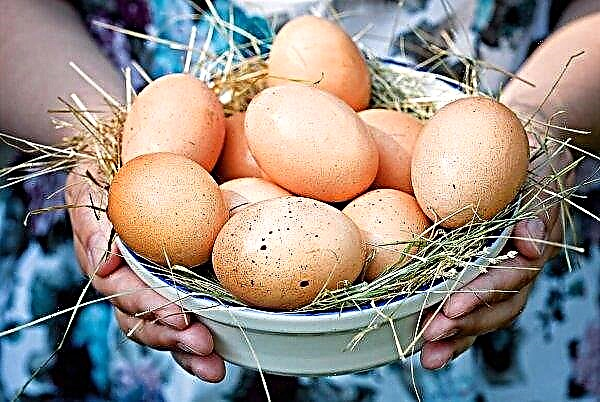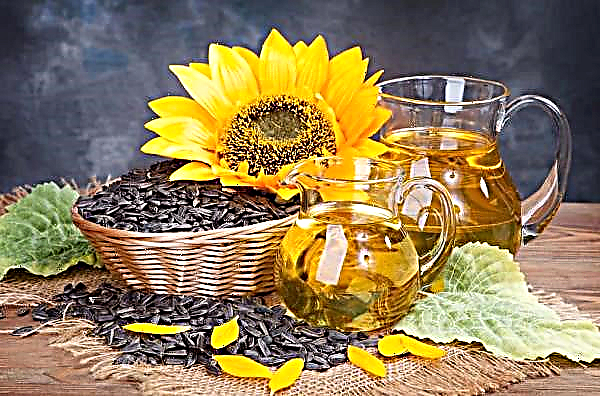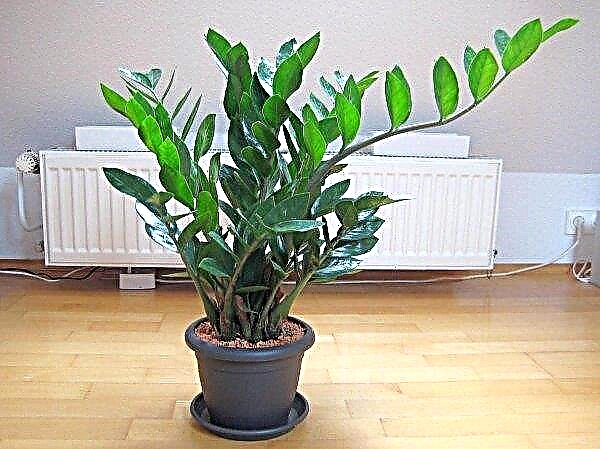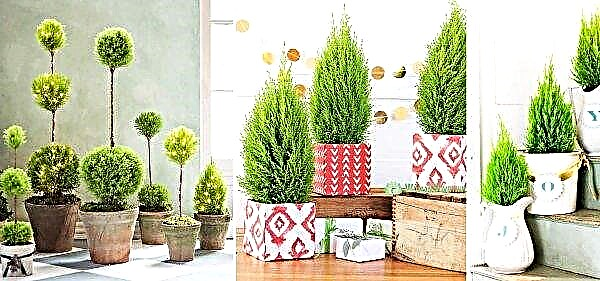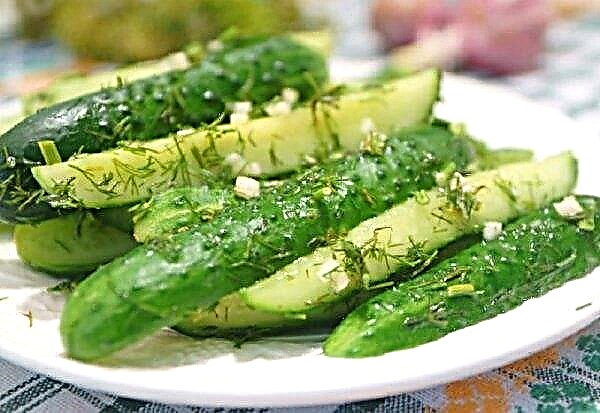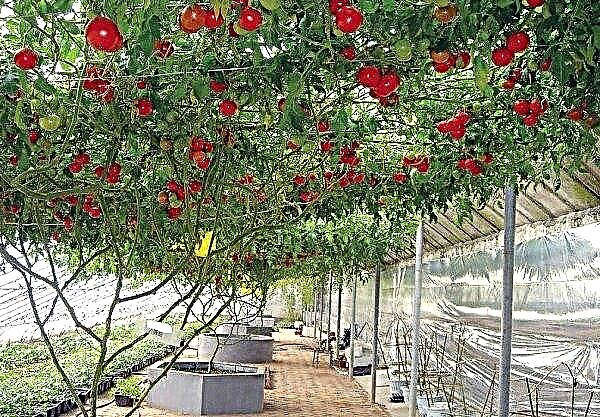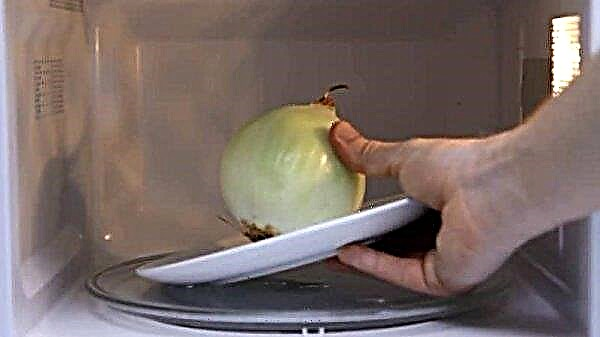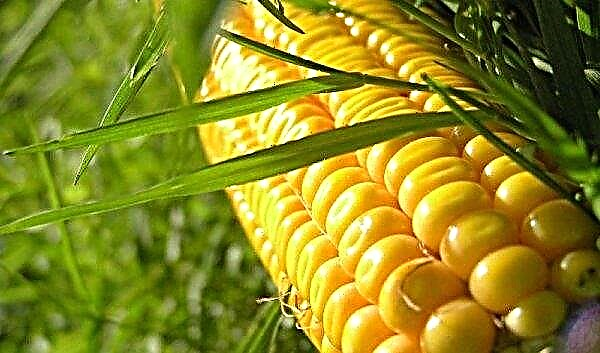This flower with a tricky name is as beautiful and sophisticated as it is easy to care for. About the methods of propagation of spathiphyllum at home will be described below.
The basic rules for growing spathiphyllum
For all its unpretentiousness and undemanding to excessive efforts to care for it, this plant nevertheless does not tolerate complete neglect of its needs and will not actively grow and bloom lushly if you do not adhere to some rules for its cultivation.
First of all, this refers to the humidity of the surrounding air, whose high rates are the only mandatory requirement for the comfortable existence of spathiphyllum. To do this, in a warm period, the flower should be sprayed daily, or even twice a day, with water at room temperature.

This plant, preferring bright diffused light, feels rather well in partial shade, but does not tolerate direct sunlight. The best place to arrange the flower is the windowsill of the window facing north. In this case, the absence of drafts is very desirable.
The optimum temperature at which the plant feels most comfortable lies in the range + 22 ° C ... + 23 ° C. It is allowed to lower the temperature to + 16 ° C, below which the growth of the bush is inhibited and there is a threat of plant disease.
In the phases of active growth of green mass and flowering, spathiphyllum should be watered abundantly and often, and in the autumn-winter period - less often and more moderately, while avoiding stagnation of water in the tank to prevent rotting of the roots.
Did you know? Spathiphyllum is able not only to decorate the human home with lush blooms, but also to effectively clean the air in the home from formaldehyde, benzene, acetone, carbon monoxide, ammonia and even fight against mold.
The best soil composition for growing a plant is obtained from a mixture of humus, leaf soil and peat, taken in equal proportions, and turf, which is added in double quantity compared to other ingredients. It is also useful to enrich the substrate with small doses of river sand and sphagnum.
During periods of growing green mass and flowering, every 2 weeks, spathiphyllum must be fed with professionally prepared purchased fertilizers for flowering plants. The flower responds well to nitrogen-containing organic matter in the form of bird droppings. In the cold season, top dressing should be reduced to 1 time per month.

Optimal conditions and breeding times
For propagation by dividing a bush or root system, the best time comes in early spring. When propagating by cuttings, it is necessary for the plant to have leaf rosettes that have sprouted roots. This usually occurs in late spring or early summer.
If a plant propagates by seeds, then the main condition should be adhered to, which consists in the need to plant as fresh seeds as possible in the ground. That is, they must be planted immediately after ripening and harvesting, which usually happens in the fall. If the seeds are purchased in the distribution network, then, making sure that the expiration date is not expired, you need to immediately plant them in the ground.
Preparation for breeding
How to make the substrate most useful for spathiphyllum has already been described above. It should only be emphasized that the soil for it is preferable with low acidity. In addition, it is useful to add chopped pine or spruce bark, charcoal, brick chips to the soil for the flower, which together make up one part along with other ingredients. The resulting substrate is treated with a low percentage manganese solution. Subsequent landing operations are carried out at a temperature that should not be lower than + 21 ° C.
During vegetative propagation, the size of the pot into which the seedling is placed is important. The capacity should not be too spacious, since the spathiphyllum has the property not to bloom until its root system fills the entire pot. At the bottom of the pot, it is necessary to arrange an effective drainage layer of expanded clay or fine pebbles.
How to propagate spathiphyllum at home
At the disposal of a home grower there are several ways to propagate this flower:
- seminal;
- vegetative.
Did you know? According to popular beliefs, spathiphyllum has the ability to positively influence the fate of its mistresses, for which he was dubbed "female happiness."
Division
This one of the vegetative methods of plant propagation includes 2 methods of division:
- bush;
- root system.
Bush
This method is the simplest and at the same time extremely effective. Moreover, it benefits the flower by allowing it to free itself from too many young leafy rosettes that inhibit the development of the mother plant.
Separation of the bush is best done in early spring before the start of the growing season. Suitable for further planting divider should have at least 3 leaf rosettes and developed roots. It is a fully developed plant and when planted in a small pot, it can soon bloom. The root neck of the division should be in the same position with respect to the soil when planting as on the mother plant.
Video: the propagation of spathiphyllum by dividing the bush
Rhizomes
Separation of the root system is also best done before the start of the growing season in early spring. However, since most often this method of reproduction is combined with planned or unplanned transplants, reproduction itself can be carried out at different times of the year.
Before removing the earthen lump from the pot, it must be abundantly moistened in order to facilitate removal of it from the container and at the same time enable the root system to be saturated with water, thereby reducing its fragility. The roots extracted from the pot are washed with water and carefully untangled to facilitate their subsequent separation. If the roots have to be cut, then the places of cuts must be treated with charcoal crushed to a powdery state.Important! Since spathiphyllum is a poisonous plant, it is useful to use rubber gloves when pruning the rhizome and, in order to avoid strong allergic reactions, carefully avoid getting the plant juice on the mucous membranes.
When planting in a small pot, the roots need to be spread on the surface of the part of the soil poured into it and carefully sprinkled with the rest of them, compacting the substrate from above. If all actions are carried out carefully, the survival rate of the flower with this method of reproduction is almost one hundred percent.

Cuttings
The cuttings representing leaf rosettes intended for plant propagation should have small roots. If they are not, then you can put the sockets in a container of water, enriched with activated carbon, where roots will develop over time.
This process can be significantly accelerated if the outlet is located in:
- perlite;
- sphagnum;
- peat;
- river sand.
Video: propagation of spathiphyllum by cuttings
Seeds
Spatiphyllum rarely reproduces seeds at home, since this process is not only unreliable, but also disadvantageous due to the fact that plants grown from seeds begin to bloom only after 3 years. Germination even of fresh seeds does not exceed 50%.
The process of sowing seeds proceeds as follows:
- Sow seeds in flat containers filled with a mixture of river sand and peat, taken in equal proportions.
- Seeds in the form of peas are deepened into a moist substrate by 3-5 mm, and the container with them is covered on top with glass or a transparent film and placed in a place where a constant temperature of +22 ... + 24 ° C is maintained.
- Every day, the seeds sown are sprayed with warm water and at the same time the impromptu greenhouse is ventilated, and the glass or film is freed from condensation. Otherwise, mold may appear in the container, which will lead to the death of planting material.
- The coating from the tank is removed only after the appearance of the first leaf.
- And when 3 leaves grow, and the sprout itself rises to a height of 5 cm, the plant can be planted in a separate pot.

Leaf
Unlike many other plants, spathiphyllum cannot be propagated by leaf. If it is put in water, then it will simply rot in it. The same thing happens if you stick a sheet into the highest quality substrate.
Further plant care
Since vegetative propagation already produces almost complete plants, then their further care does not differ from the creation of conditions for the mother plant, which were discussed above. Unless at first seated dividers need more abundant and frequent watering, as well as active spraying.
Sprouts derived from seeds require little more attention. In addition to the optimal humidity regime, they also need special temperature parameters, which are associated with the previous stay of the sprouts in greenhouse conditions. Before finally removing the glass or film coating above them, the seedlings must be tempered, gradually increasing the time for airing the improvised greenhouse. When the coating is finally removed, near the pots with seedlings, in no case should be allowed to drafts, which even adult spathiphyllums are afraid of.
What problems may arise
Being sufficiently resistant to many flower diseases, the described plant, in violation of elementary agrotechnical rules, can weaken so much that it cannot withstand the attack of pests or the onset of infections.
Most often, home growers encounter such problems:
- yellowing of green mass, which is provoked by a deficiency of moisture in the soil and atmosphere;

- drying of the tips of the sheet platescaused by insufficient humidity;

- blackening of the sheet surfacewhat results in a deficiency of phosphorus or nitrogen, as well as excessive watering;

- twisting of leaves and their loss of colorcaused by excessive lighting;

- lack of flowering, which is provoked by waterlogging, low humidity, nutrient deficiency in the soil.
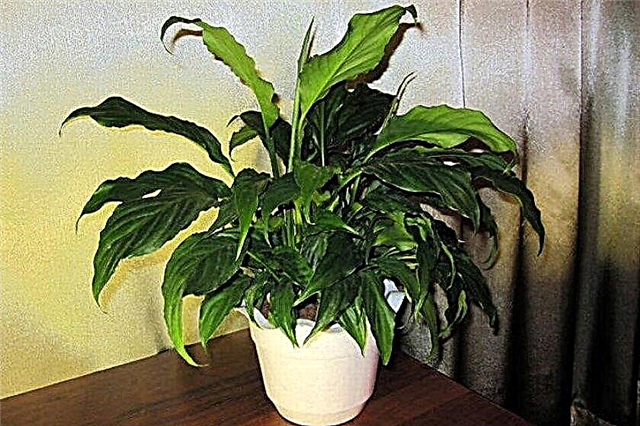
Against the background of these agrotechnical problems, pests may appear on the plant in the form of:
- shield aphids;
- spider mite;
- mealybug.
Important! If a young spathiphyllum bush is recommended to be replanted annually, then a five-year-old and older plant should be replanted only when a root appears from the drainage hole.
One of the most popular flower plants, spathiphyllum., It can be propagated without special problems at home in many ways, and with very simple care, it is able to please literally everyone with its amazing flowering.







